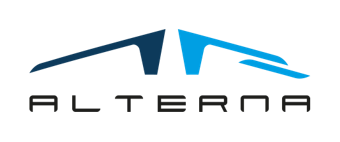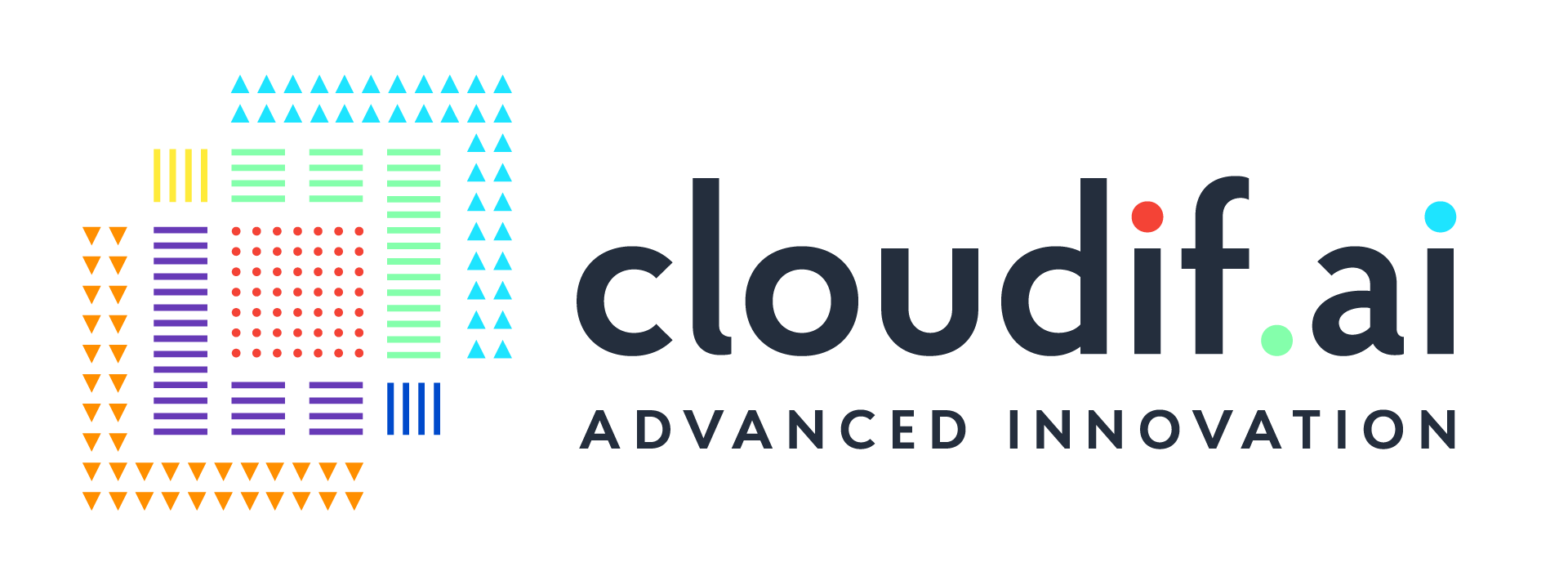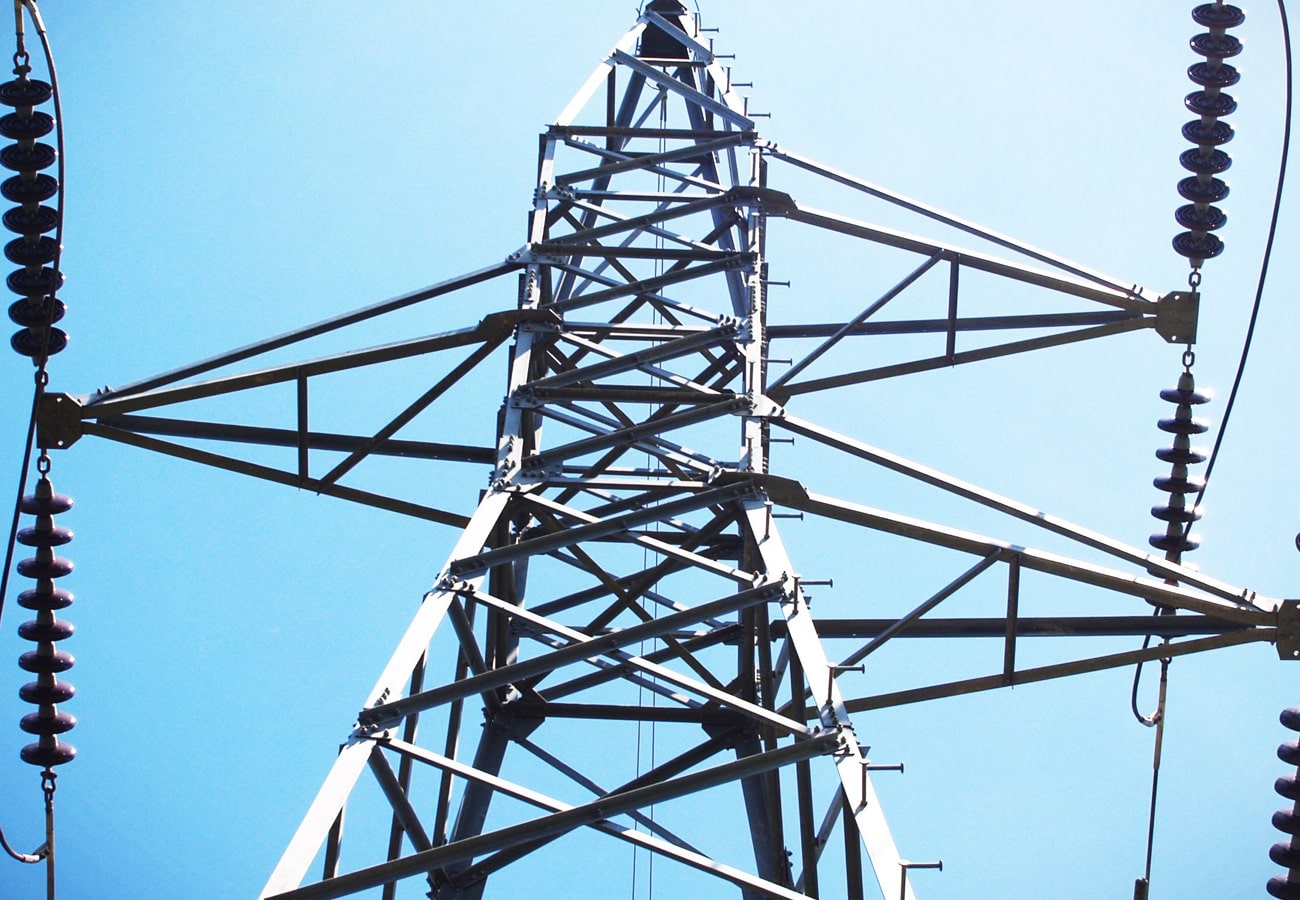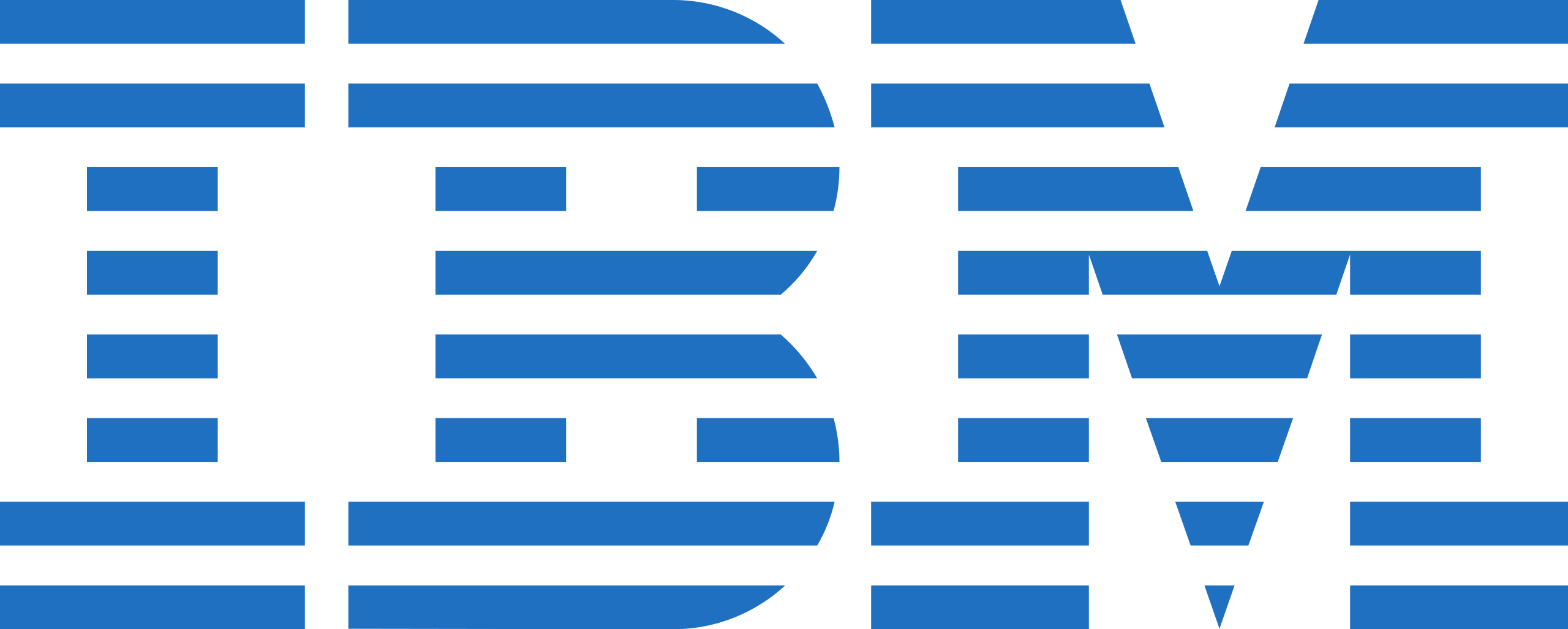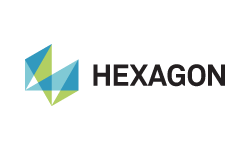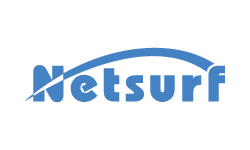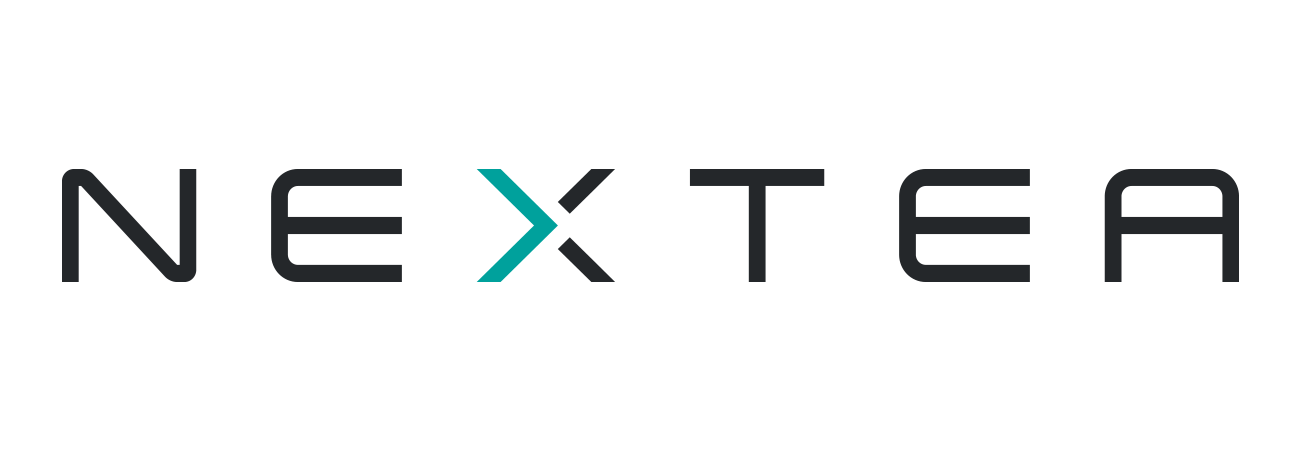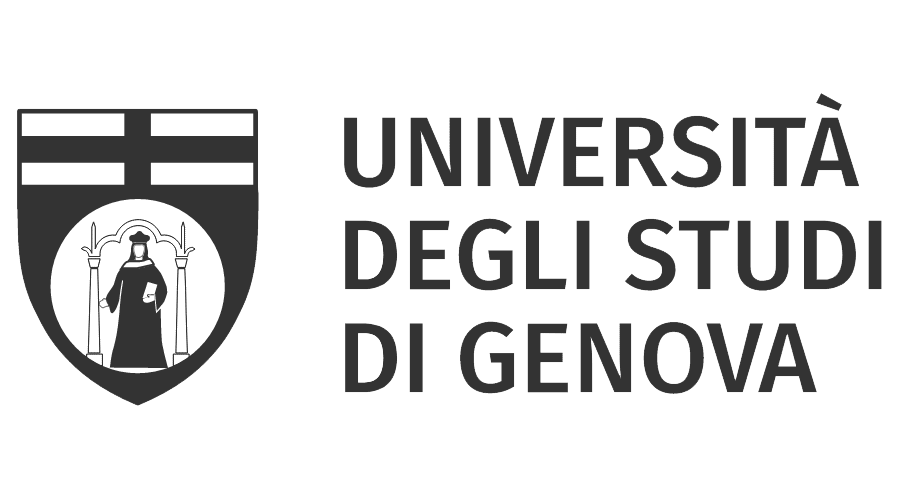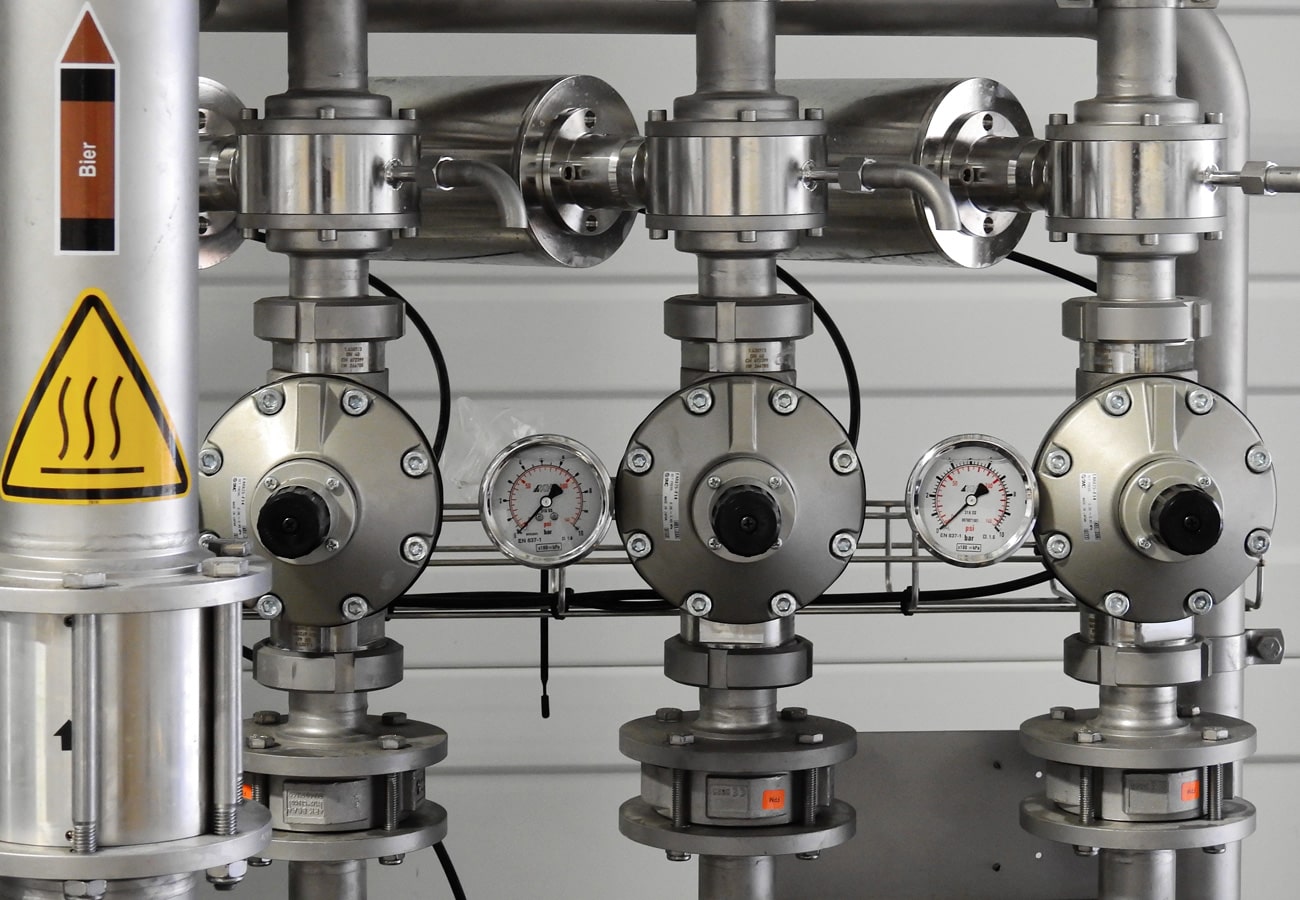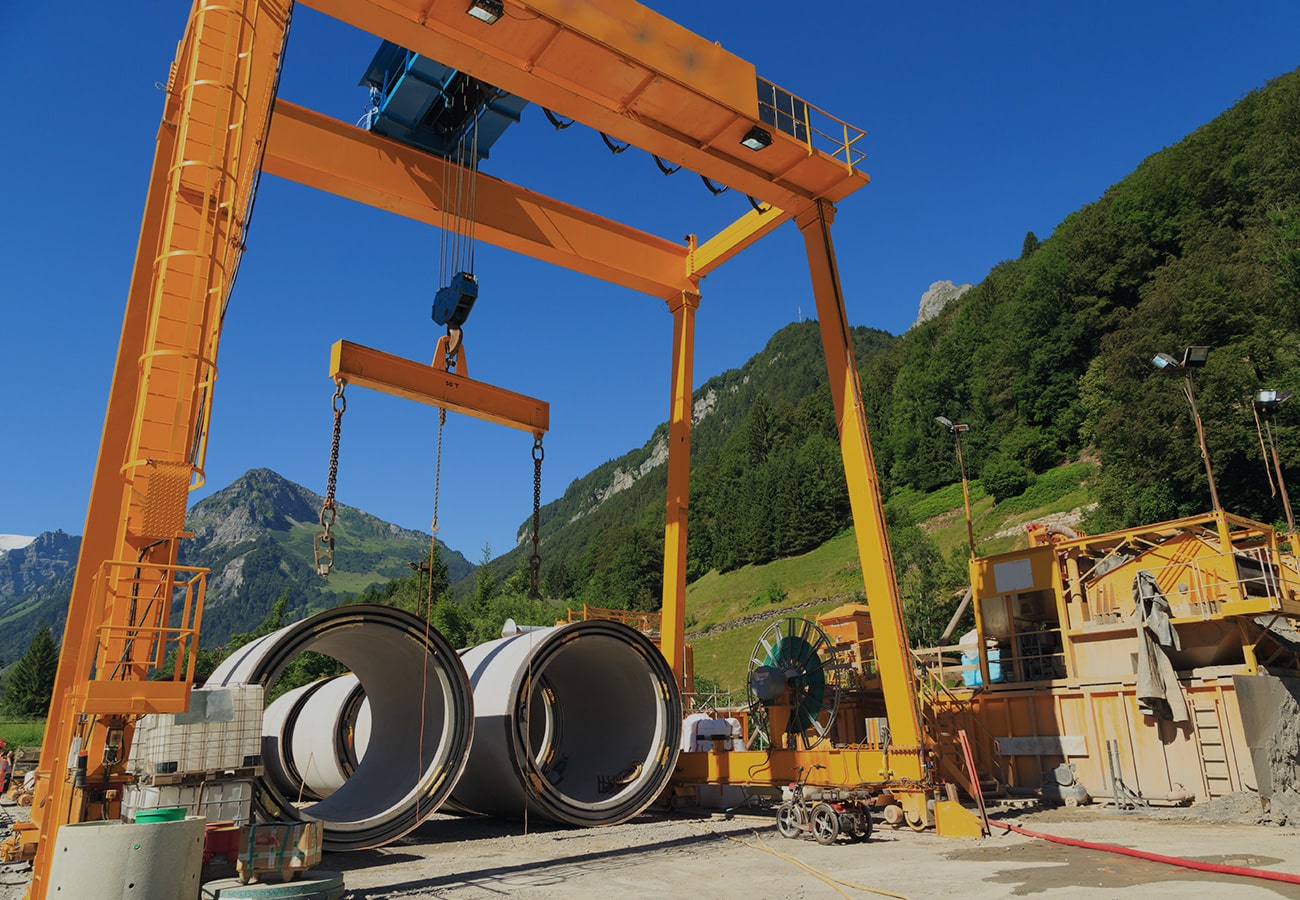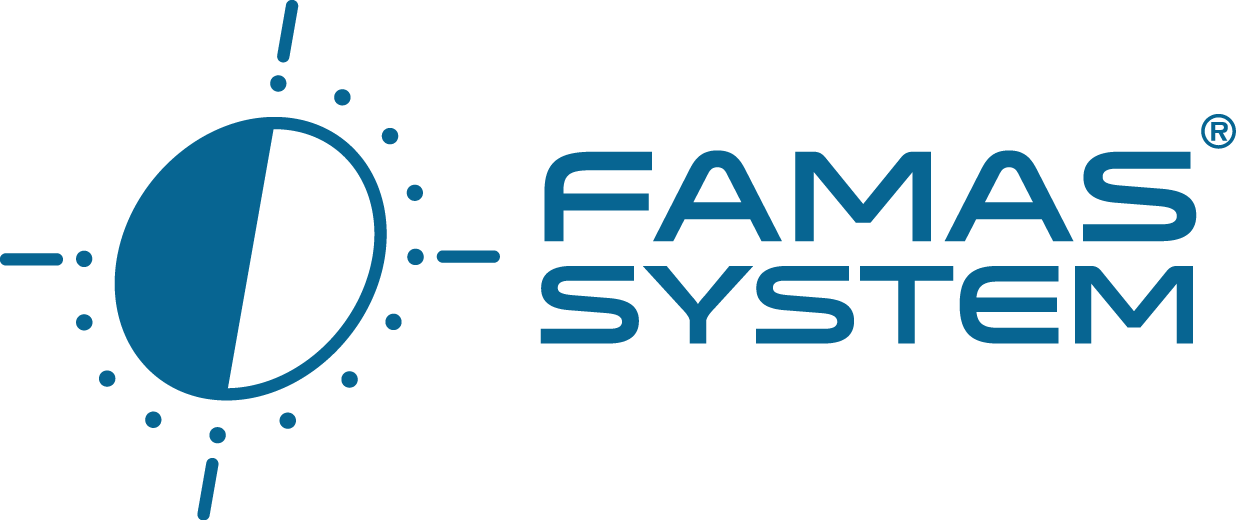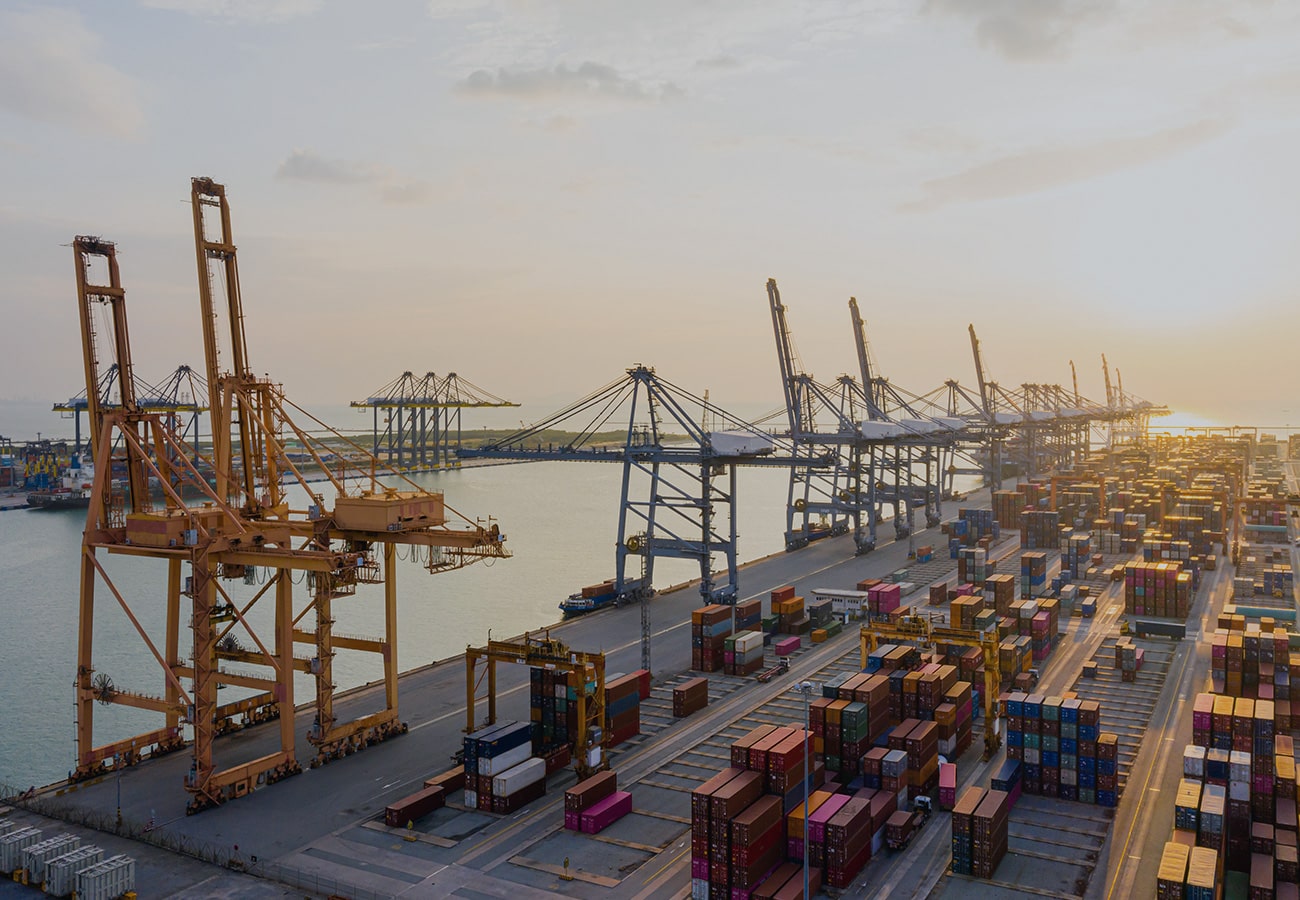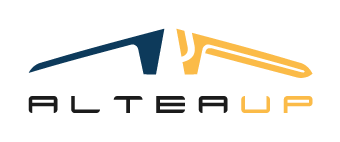Enterprise Asset Management
VALUE PROPOSITION
Maximizing the value that a company can obtain from its assets
Effective asset management is not just a competitive advantage but the key to achieving business goals in a clear and realistic way.
The acronym EAM (Enterprise Asset Management) refers to the management of corporate assets, that is, all those resources that have potential or real value for the organization. With EAM, we also refer to software that allow to optimize the management of assets during the life cycle and that – also thanks to the integration with IoT solutions and advanced data analysis systems and artificial intelligence – allow more efficient management and constant monitoring.
An EAM solution includes capabilities for managing, cataloging, planning and scheduling complex assets, creating work orders, maintenance history, inventory, procurement and equipment, components and asset tracking for equipment assembly. In some cases, the functionality is extended with the addition of basic financial management modules such as supplier accounting, cost registration, maintenance skills database, and then evolves to more advanced functions related to the aspects of predictive and preventive maintenance, IoT, monitoring, optimization in asset management, life cycle extension.
An Asset Management platform allows to:
- Improve maintenance management, consolidating a single technological system to manage all types of assets, unifying and standardizing processes
- Increase workforce productivity by ensuring continuous access to up-to-date information and improving decision making, for example by also supporting field technicians with the right information at the right time and simplifying processes
- Maximize the use and efficiency of assets, supporting the real-time collection of data from IoT devices and using diagnostic and analysis tools to optimize the availability, reliability and useful life of assets
- Manage the aging of assets and infrastructures, extending their life cycle thanks to the optimization of the preventive maintenance strategy, incorporating risk management into business processes and the delivery phases of services related to the infrastructure, extending the availability and reliability of assets, business continuity guarantee and better return on investment



